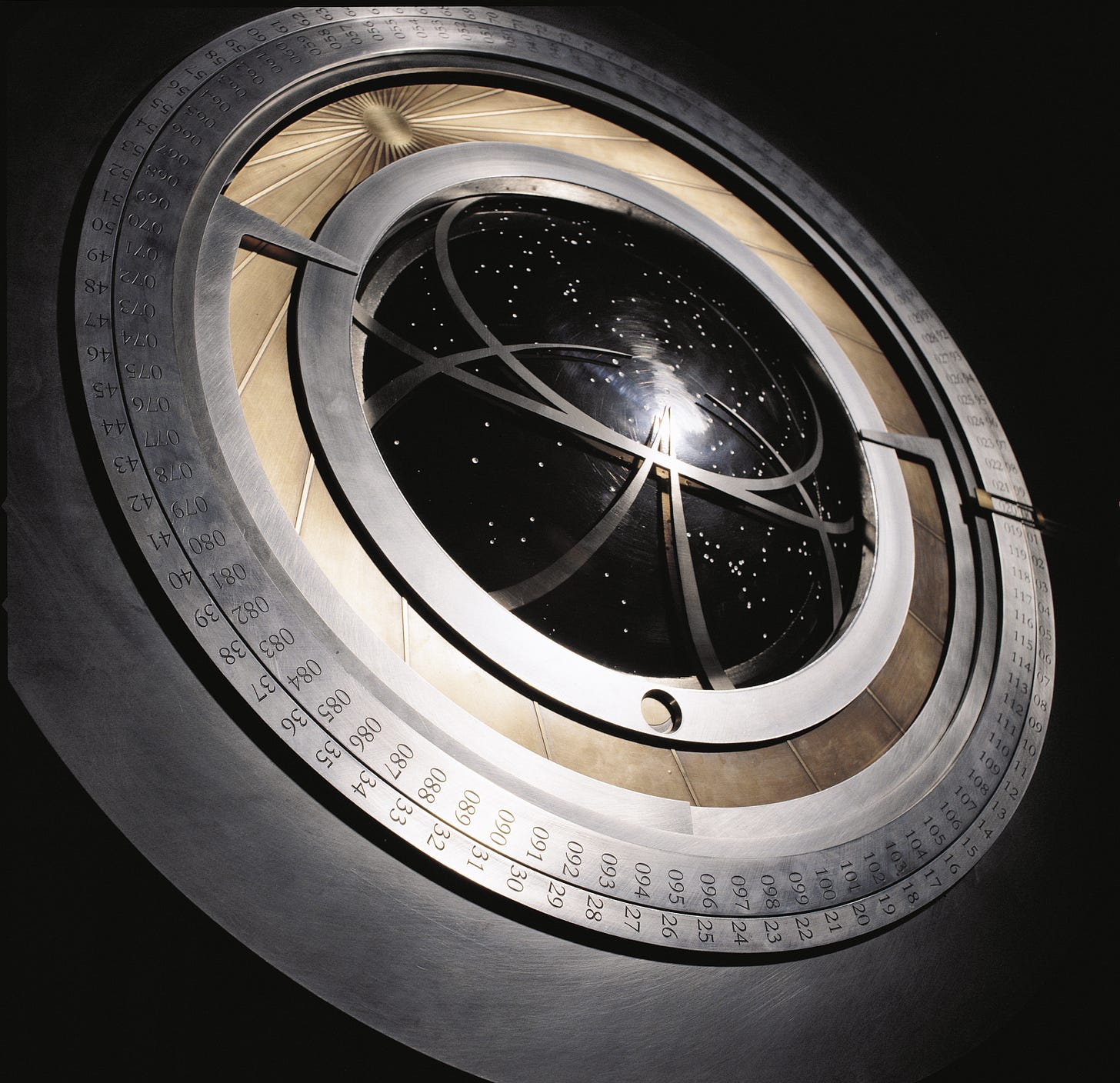The 10,000 Year Clock
The 10,000 Year Clock, also known as the Clock of the Long Now, is a mechanical clock designed to run and keep time for (you guessed it) 10,000 years.
Computer scientist and inventor Danny Hillis [Ed: blew my mind at a TED conference in the early 1990s when he gave a talk about generative AI] came up with the idea for the 10,000 Year Clock in 1995. He wanted to build a clock that would last for 10,000 years as a way to encourage…




